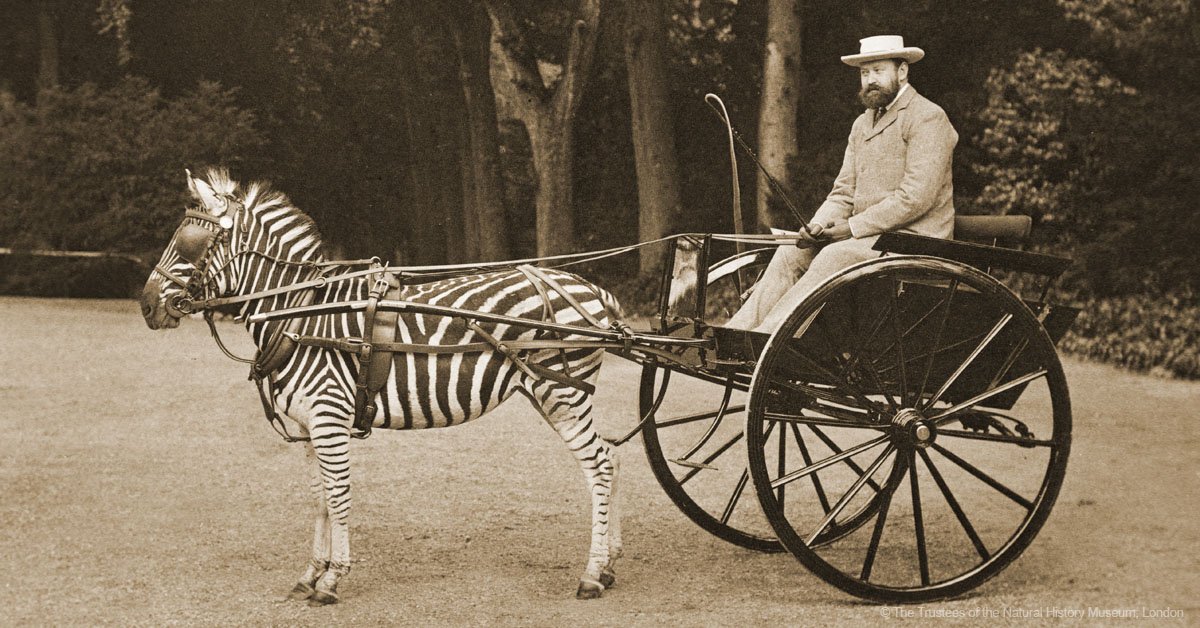Available workflows

- maximum entropy - species distribution modeling using
dismo::maxent. The modeling is performed on the data sets in
/data/filtered. The performance of the models is assessed by comparing their AUC with a distribution of AUC values obtained by modeling on randomly selected points within the buffered species area. The results of this assessment are written to/results/maxent/model_summaries/AUCvalues.csv. The modeling results themselves are written to/results/per_species/and include a README.md file for each species that explains the source and purpose of the different output files. - variable importance and model summaries - summarizes
the importance the variables (i.e. GIS layers) have had in the maxent models
across all species. Produces output for each species and for each GIS
layer, written to
/results/maxent/model_summaries/traits_contribution_maxent.csvand/results/maxent/model_summaries/mean_traits_contribution_maxent.csv. The variable importance dataframes are used to summarize the models per species (AUC value, n occurrence points, variable importance in descending order), written to/results/maxent/model_summaries/summary_df.csv - outlying mean index - computes ‘trait’ values for each
species and for each GIS layer. The values are obtained either by taking the
GIS pixel values directly under the raw occurrences or by taking values
averaged over the GIS pixels whose habitat suitability is higher than
that of the worst 10% of the raw occurrences. The normalized mean values
under the raw occurences are saved as
/results/OMI/normalized_raw_values.csvand the normalized mean values derived from the suitable habitat areas are saved as/results/OMI/normalized_MaxEnt_values.csv. Subsequently the Gower’s distance between species is computed for these values, and the species are then clustered using neighbor-joining and hierarchical clustering. The Gower’s distance dataframes are saved as/results/maxent/comparative/gower/raw_omi.csvand/results/maxent/comparative/gower/maxent_omi.csvfor the raw and habitat projections respectively. The neighbor-joining trees are saved as/results/maxent/comparative/gower/raw_omi_nj.treeand/results/maxent/comparative/gower/maxent_omi_nj.tree. The hierarchical clustering trees are saved as/results/maxent/comparative/gower/raw_omi_hclust.treeand/results/maxent/comparative/gower/maxent_omi_hclust.tree. As a last step the Mean pairwise patristic distance is calculated based on the neighbor-joining trees and are saved as/results/maxent/clustering_nj_MaxEnt_occurences.pdf,/results/maxent/clustering_nj_raw_occurences.pdfand/results/maxent/clustering_nj_schoener.pdf. - niche clusters - takes a dendrogram (whether
Schoener’s D or Gower’s D, and irrespective of clustering algorithm) and
attempts to partition this optimally such that the dendrogram is subdivided
in clusters that are specific to the domesticated species. Visualizes these
clusterings. The clustering is saved as
/results/maxent/clusters.Maxent.traits.gower.csv,/results/maxent/clusters.raw.occurences.gower.csvand/results/maxent/clusters.Maxent.Schoener.csvfor the maxent traits based on habitat projections, the traits based on raw occurences and the maxent habitat projections. Identifies the niche traits with the greatest magnitude difference between the cluster ingroup and outgroup and are saved as/results/maxent/magnitudes.Maxent.csvand/results/maxent/magnitudes.raw.csv. - phylogeny - tests whether evolutionary relatedness, i.e. phylogeny, shapes the pattern of similarities and differences in abiotic niche dimensions among the terrestrial Ungulates. The general approach to test this is to perform a Mantel test that randomizes niche clustering a predefined number of times (e.g. 100) with respect to the phylogenetic clustering, and then assesses the distribution of correlation coefficients.
- phyloglm - performs phylogenetic generalized linear modeling and model selection to identify which niche traits most predict domestication.
- trait-dependent diversification
- assesses whether there is evidence for an adaptive radiation in relation to grazing, using a BiSSE analysis.
- DPLACE - performs statistical tests to link societal data from DPLACE to Ungulate niches.
- n-dimensional hypervolume - ranks niche traits by
magnitude differences between domesticated and wild. Performs weighted
clustering (to enhance substructure within domesticated) and incorporates
the three highest ranking niche traits in a
hypervolumevisualization.
Manuscript
Apart from the notes being collected here, we are also preparing an overleaf manuscript